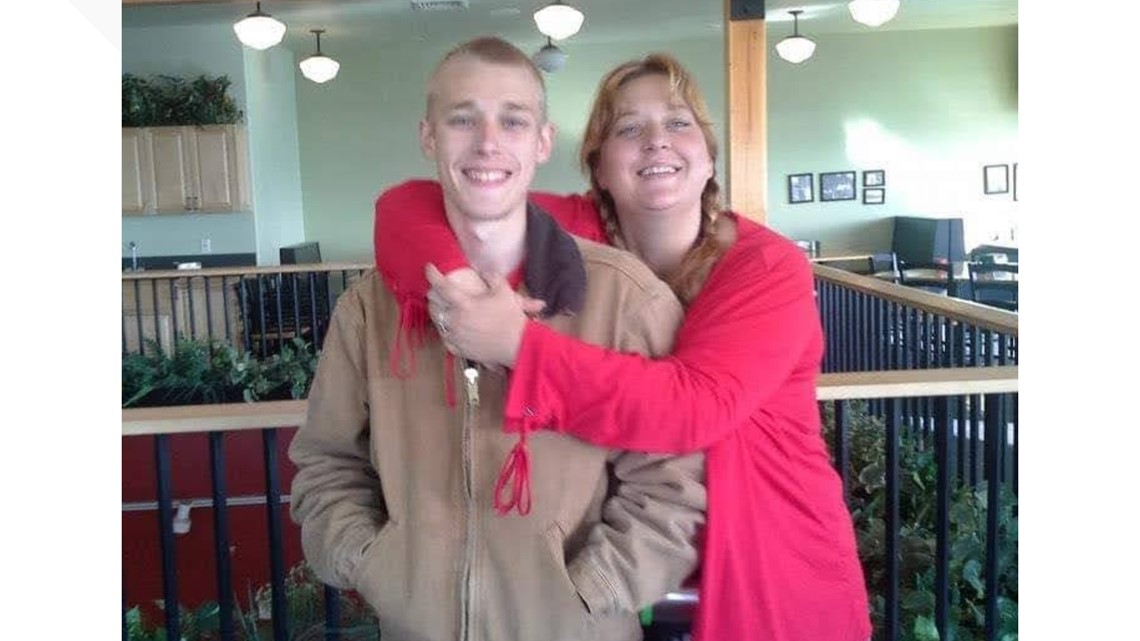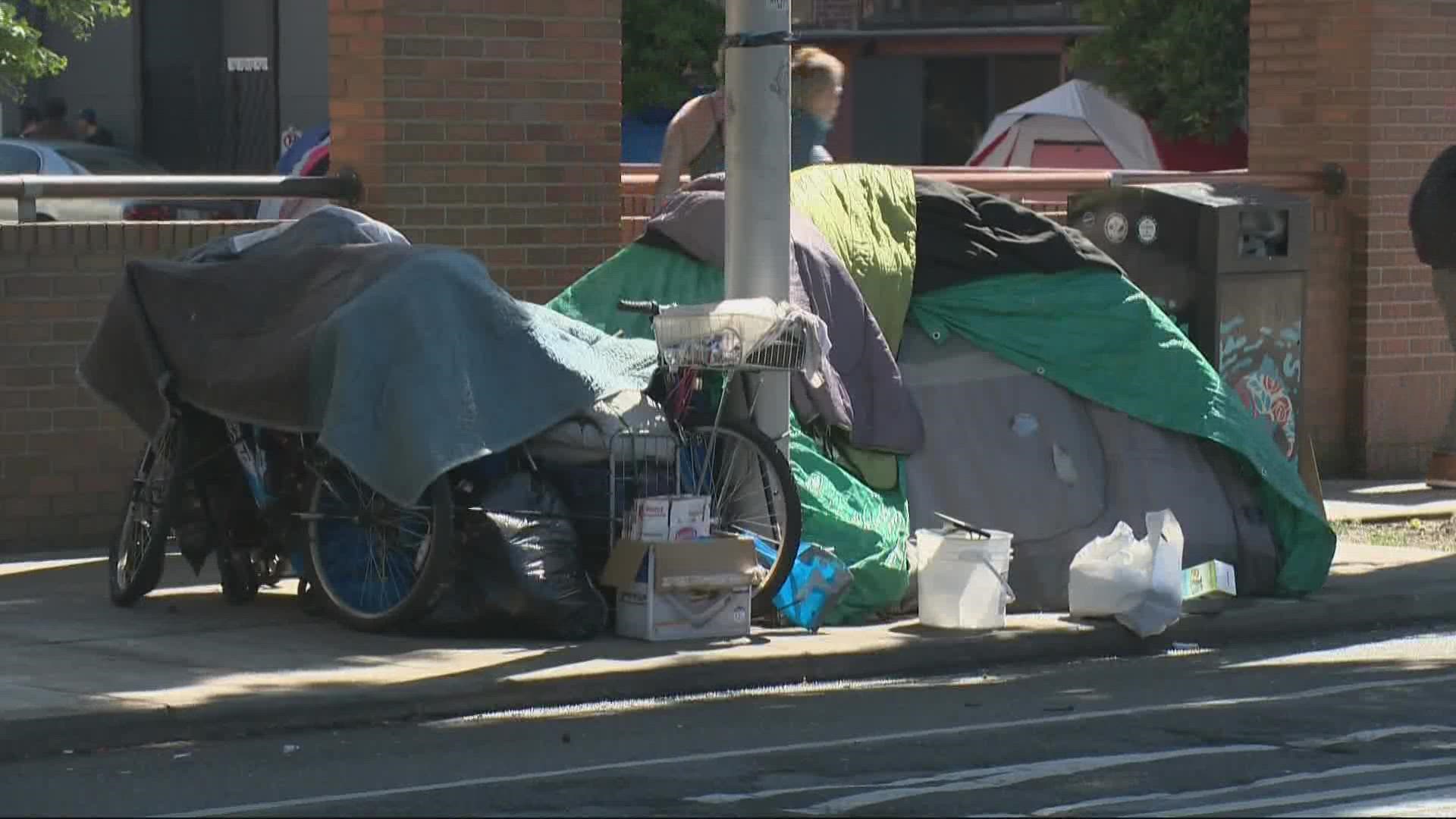PORTLAND, Ore. — According to an annual report on homeless deaths from Multnomah County and Street Roots, 126 people died homeless in Multnomah County in 2020, the most deaths counted since the county started tracking it in 2011.
The "Domicile Unknown" report tracks the number of deaths in the county, as well as causes and characteristics of how people died.
One of the leading causes of deaths among homeless people were alcohol and drug use, specifically opioids and methamphetamine. According to the report, drug use was noted in nearly 90% of people who died while experiencing homelessness, and drug or alcohol toxicity contributed to more than half of all deaths. Of the 71 deaths ruled accidental, 75% were related to drugs or alcohol. There were 37 deaths determined to be from natural causes; 32% of those involved complications from drug or alcohol abuse.
Opioids contributed to 41% of deaths — an increase from 2019, but lower than previous years. Multnomah County said previous Domicile Unknown reports drove leaders to address opioid use by enacting safer prescribing practices and distributing more naloxone, which reverses the effects of an opioid overdose.
Meth caused or contributed to 62 deaths, according to the report. One of those people was 26-year-old Christopher Madson-Yamasaki. His family said he struggled with mental illness and addiction beginning when he was a teenager, and eventually ended up homeless.
"He rotated between trying to get help for addiction and trying to get treatment for mental health. He would be asked to leave addiction centers because they can't treat mental health," said Hope Yamasaki, Christopher's mother. "Then he would be asked to leave the mental health hospital because they can't treat addiction issues."


RELATED: 'Such a state of paranoia': Portland's meth crisis apparent on city's streets, former addicts say
Yamasaki said navigating the system of mental health and addiction treatment was difficult at best.
"Chris had me advocating for him and desperately trying to get him help, and this is still not enough. I feel so much guilt and sadness, but we desperately need dual diagnosis centers and walk-in detox, safe places for people who are on meth. And we need better options. Help is not as easy to get as many people think. There's just not resources available."
Not long after he was kicked out of a shelter, Chris overdosed on meth, his mother said. Unlike opioids, there is no drug to reverse a methamphetamine overdose.
"The houseless matter. Those with mental health issues and addiction difficulties matter. Chris mattered and he's loved and he's missed," Yamasaki said.
RELATED: Multnomah County reports 2,000 houseless youth; former houseless youth talks hope, path to stability
The average age of people who died was 46, roughly 30 years younger than the average life expectancy in the United States. While the number of deaths is the highest it's ever been, the county said the proportion of deaths of homeless individuals is steady at an average of 9% of all deaths investigated by the medical examiner.
Eight homeless people died by homicide — six with a firearm, the highest percentage in at least three years, according to Multnomah County. That includes Harold Major, who was hit and killed by a stray bullet while he was sitting in his tent along Southeast Powell Boulevard. The shooter has not been found.
“I want them to know that if my brother was alive, he would forgive them,” said Harold's older sister, Crystal Major. “They took someone’s life and because of that, their life is changed forever. I forgive them. But I want them to know it wasn’t just some homeless kid. It was my brother.”
Major said her brother had told her two days before his death that he was ready to get off the streets and seek help for addiction.
Sixty-two people died outside. Nearly all deaths happened in public spaces like parks, sidewalks or encampments. About half occurred in the warmer months, from April to September. Hypothermia was a factor in three deaths.
No deaths identified in the 2020 report resulted from complications from COVID-19, though the county said those deaths may be undercounted because testing was limited early in the pandemic, and medical examiners do not investigate deaths in individuals who were hospitalized for 24 hours or more prior to natural death.
“This report tells us we can’t arrest, or sweep or warehouse our way to saving lives. Too many of the victims documented in this report died because they needed something more than that,’’ said Multnomah County Chair Deborah Kafoury. “They needed housing, along with the relationships and support to help them heal, recover and move forward."

